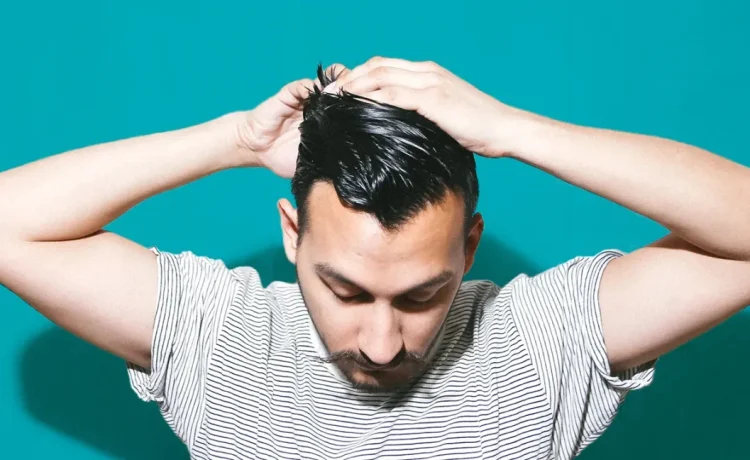Hair loss is a prevalent worry for millions of people throughout the world. It can be a gradual thinning or a more rapid loss, and it can occur at any stage of life. While it can be a natural part of aging, hair loss can also be triggered by various factors like stress, genetics, medical conditions, and hormonal changes. Regardless of the cause, the emotional impact of hair loss can be significant. Fortunately, there are several hair loss treatment options available to help people address this concern and potentially regrow hair or slow down the rate of loss.
Understanding Hair Loss: Identifying the Root of the Problem
Before exploring treatment options, it’s crucial to understand the underlying cause of your hair loss. Consulting a dermatologist or trichologist, a specialist in hair and scalp conditions, is the first step. They can perform a scalp examination, discuss your medical history, and potentially recommend blood tests or scalp biopsies to pinpoint the cause. Here are some of the common causes of hair loss are given below:
- Androgenetic alopecia: This is the most common type of hair loss, affecting both men (male pattern baldness) and women (female pattern baldness). It’s hereditary and linked to a sensitivity to hormones like testosterone.
- Telogen effluvium: This temporary hair loss is often triggered by stress, illness, significant weight loss, or childbirth. Hair growth typically resumes once the underlying cause is addressed.
- Alopecia areata: This autoimmune disorder causes patchy hair loss on the scalp and sometimes other areas of the body.
- Medical conditions: Certain medical conditions and medications can cause hair loss as a side effect.
Treatment Options: Tailoring Solutions to Your Needs
There’s no one-size-fits-all solution for hair loss. The best treatment option depends on the underlying cause, severity of hair loss, and individual preferences. Here’s a breakdown of some common hair loss treatments:
- Over-the-counter medications: Minoxidil (Rogaine) is a topical solution applied directly to the scalp that helps stimulate hair growth. It’s available in various strengths for both men and women and requires consistent use to see results.
- Prescription medications: Finasteride (Propecia) is a prescription medication approved for male pattern baldness. It works by blocking the conversion of testosterone to a more potent form that can contribute to hair loss.
- Laser therapy: Low-level laser therapy (LLLT) involves exposing the scalp to low-energy laser light. While the exact mechanism isn’t fully understood, some studies suggest it may promote hair growth.
- Platelet-rich plasma (PRP) therapy: This treatment involves injecting a concentration of a patient’s own platelets into the scalp. The platelets contain growth factors that may stimulate hair follicle activity.
- Hair transplantation: This surgical procedure involves transplanting healthy hair follicles from a donor area on the scalp to a balding area. It offers a permanent solution for hair loss in suitable candidates.
Conclusion: Embracing a Holistic Approach to Hair Loss
Hair loss can be a challenging experience, but with various treatment options available, you don’t have to face it alone. By understanding the underlying cause, exploring treatment options, and potentially incorporating lifestyle changes, you can take charge of your hair health and regain confidence. Remember, a healthy lifestyle, stress management, and a positive attitude can also play a significant role in managing hair loss.













